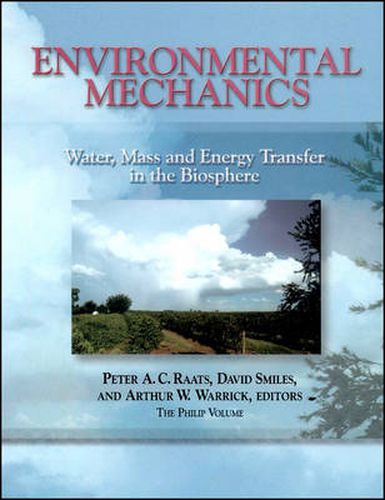Readings Newsletter
Become a Readings Member to make your shopping experience even easier.
Sign in or sign up for free!
You’re not far away from qualifying for FREE standard shipping within Australia
You’ve qualified for FREE standard shipping within Australia
The cart is loading…






Published by the American Geophysical Union as part of the Geophysical Monograph Series, Volume 129.
Modern theories of mass and heat transfer in the biosphere, based on notions of a soil-plant-atmosphere thermodynamic continuum focused on water, were generally formulated by the mid-20th century. They tended to be reductionist and flow equations combined macroscopic laws of flow and of material and energy balance. They were difficult to solve because material transfer properties tend to be strongly related to the local concentration of an entity of concern, to the location, or to both. The architecture of the soil and the plant canopy also complicated their formulation, the scale of their application and their test.
$9.00 standard shipping within Australia
FREE standard shipping within Australia for orders over $100.00
Express & International shipping calculated at checkout
Published by the American Geophysical Union as part of the Geophysical Monograph Series, Volume 129.
Modern theories of mass and heat transfer in the biosphere, based on notions of a soil-plant-atmosphere thermodynamic continuum focused on water, were generally formulated by the mid-20th century. They tended to be reductionist and flow equations combined macroscopic laws of flow and of material and energy balance. They were difficult to solve because material transfer properties tend to be strongly related to the local concentration of an entity of concern, to the location, or to both. The architecture of the soil and the plant canopy also complicated their formulation, the scale of their application and their test.